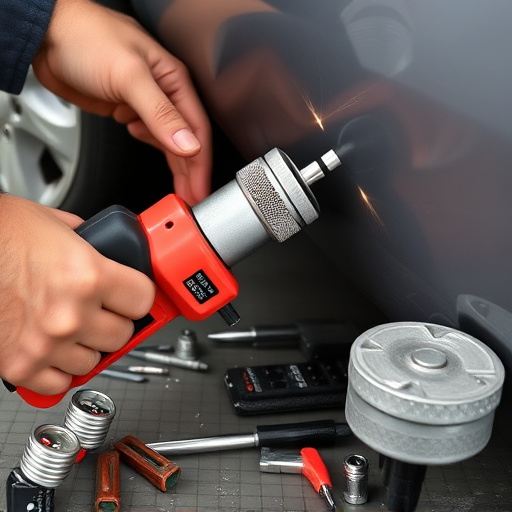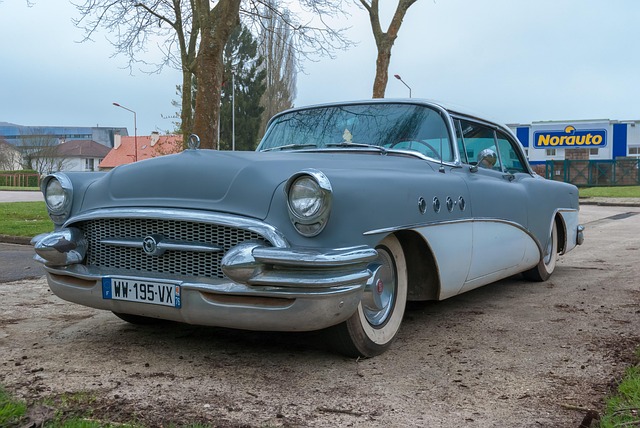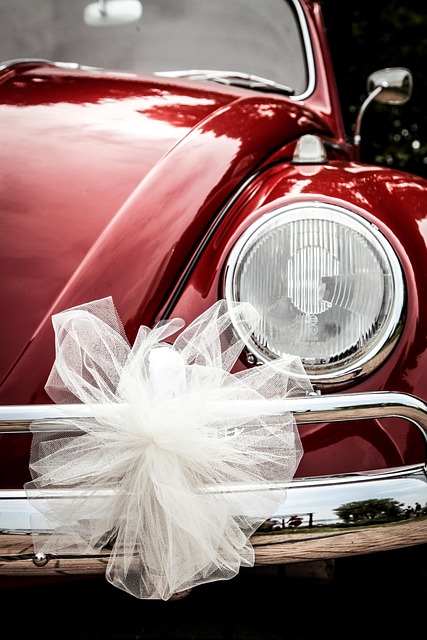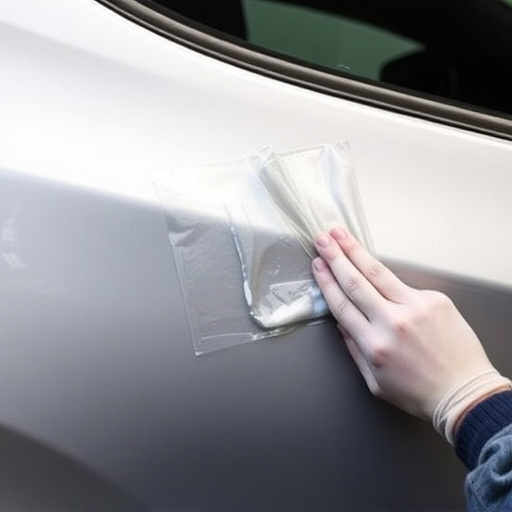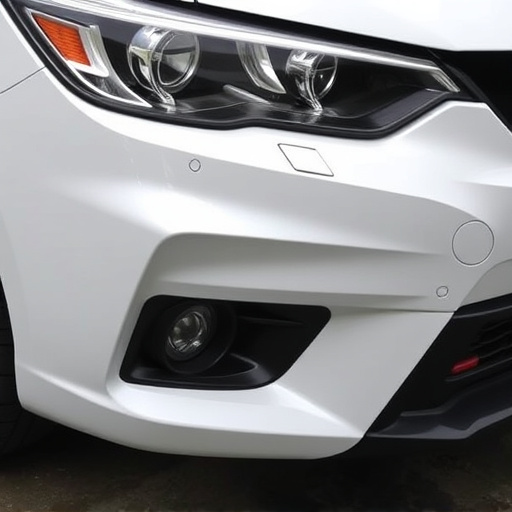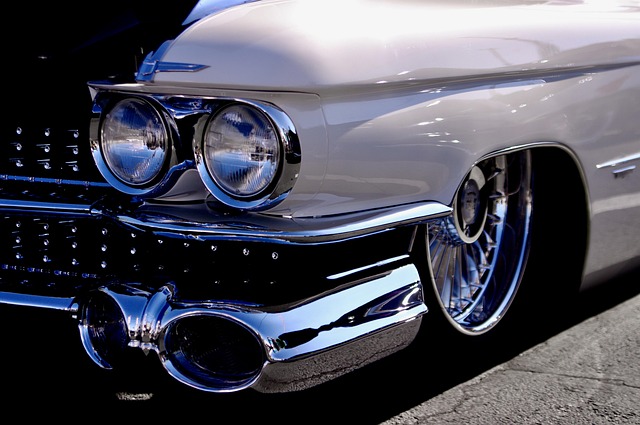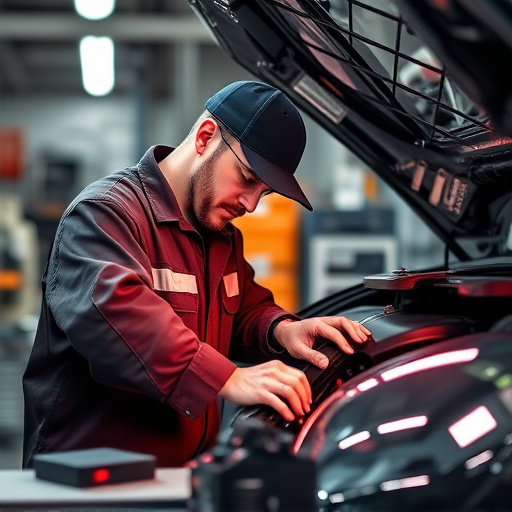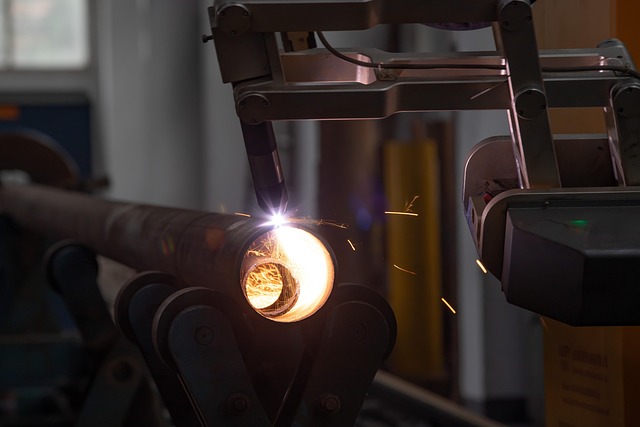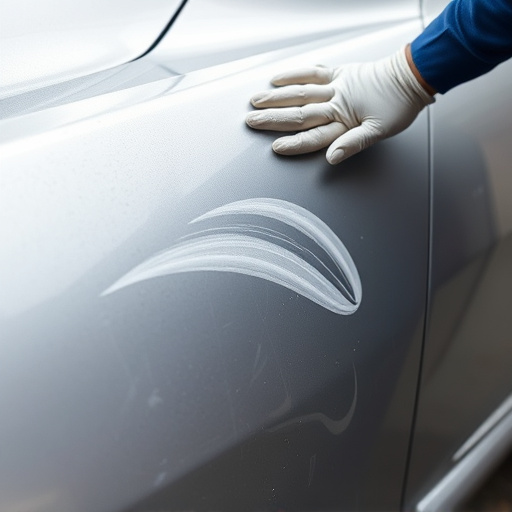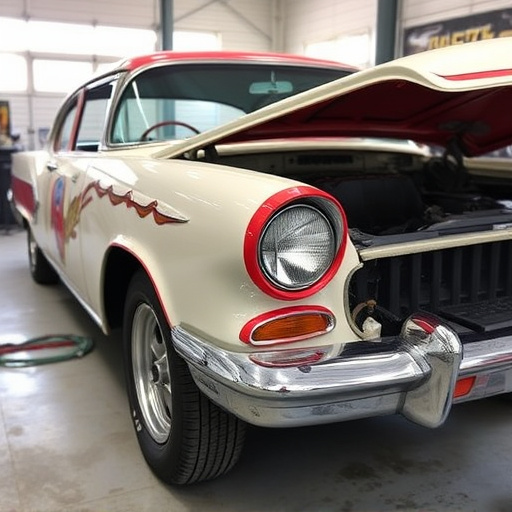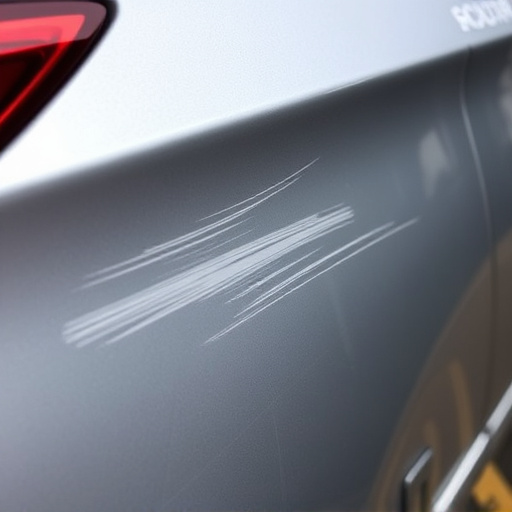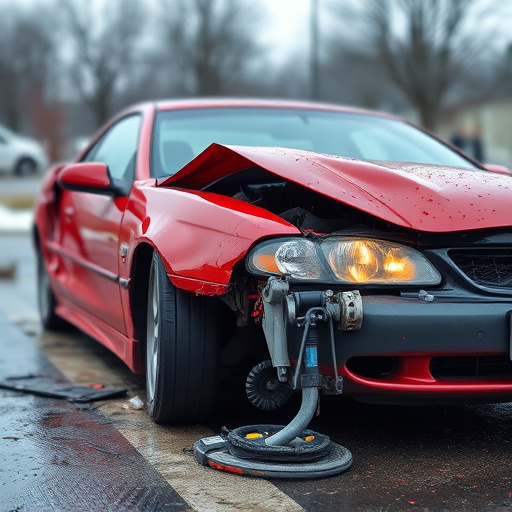Post-vehicle body repair safety inspections are vital to guarantee structural integrity and optimal component performance. These checks include verifying body panel alignment, paint quality, and critical systems functionality like brakes, lights, and electrical components. Comprehensive checklists ensure mechanics don't miss any issues, enhancing safety and reliability on the road for restored vehicles.
After undergoing vehicle body repair services, ensuring safety during subsequent inspections is paramount. This comprehensive guide delves into the essential protocols and checklists for post-repair safety assessments. Understanding the key components of a thorough vehicle body inspection not only safeguards against potential hazards but also guarantees quality repairs. By adhering to these meticulous procedures, both repair shops and vehicle owners can maintain optimal safety standards, fostering peace of mind on the road.
- Understanding Post-Repair Safety Protocols
- Key Components of Vehicle Body Inspection
- Ensuring Quality: Comprehensive Checklists
Understanding Post-Repair Safety Protocols
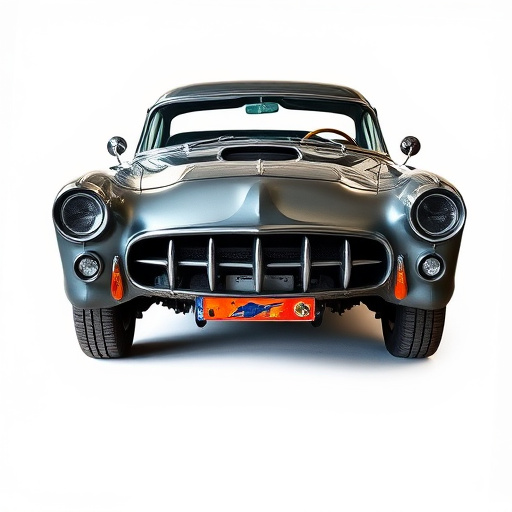
After a vehicle undergoes body repair services, such as car collision repair or car restoration, it’s paramount to understand and adhere to safety protocols during the subsequent inspection process. This ensures that all repairs have been executed correctly and safely, minimizing potential risks for both the vehicle owner and technicians.
The post-repair safety check includes verifying structural integrity, ensuring proper alignment of body panels, and inspecting the quality of car paint services. It also involves examining critical systems like brakes, suspension, lights, and electrical components to guarantee they function optimally. By implementing these measures, the inspection process plays a pivotal role in maintaining not just the vehicle’s operational efficiency but also its safety on the road.
Key Components of Vehicle Body Inspection
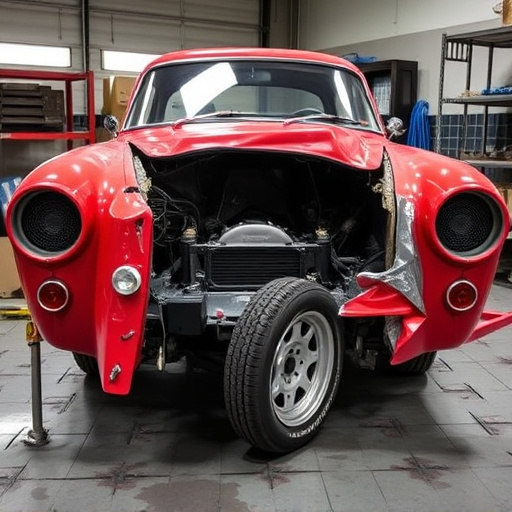
When conducting safety inspections after vehicle body repair services, several key components must be meticulously evaluated to ensure the structural integrity and overall quality of the work. The inspection should commence with a comprehensive visual assessment, examining the panels for any signs of misalignment, uneven gaps, or visible damage. This initial step is crucial in identifying any deviations from the original specifications during the auto body repair process.
Furthermore, the condition of the paint job and car paint services performed must be scrutinized. The surface should be free from defects like runs, bubbles, or inconsistent texture, which could indicate improper application techniques. In addition to visual checks, pressure testing can verify the integrity of sealed joints and welds, ensuring they meet the required standards for water and air tightness. This comprehensive approach guarantees that the vehicle not only looks pristine after car paint services but also maintains its structural soundness, enhancing safety and reliability on the road.
Ensuring Quality: Comprehensive Checklists

After a vehicle undergoes body repair services, thorough safety inspections are non-negotiable. These inspections ensure that every component of the vehicle is restored to its original condition and functions optimally. Comprehensive checklists play a vital role in this process. They serve as a structured guide for mechanics to assess the quality of repairs, identifying even the smallest discrepancies that might have been overlooked during the initial repair work.
These checklists typically cover a wide range of areas, from structural integrity to paint job precision, and mechanical systems functionality. By adhering to these checklists, car repair shops, especially those specializing in collision repair or car restoration, can maintain consistent quality standards. This ensures customer satisfaction and promotes the reputation of the shop as a reliable service provider for vehicle body repair.
After a vehicle body repair, thorough safety inspections are paramount. By adhering to post-repair protocols and utilizing comprehensive inspection checklists, auto body shops can ensure customer safety and maintain high-quality standards in their work. These essential steps safeguard drivers and confirm that each repaired vehicle meets the necessary safety criteria, fostering peace of mind on the road.
